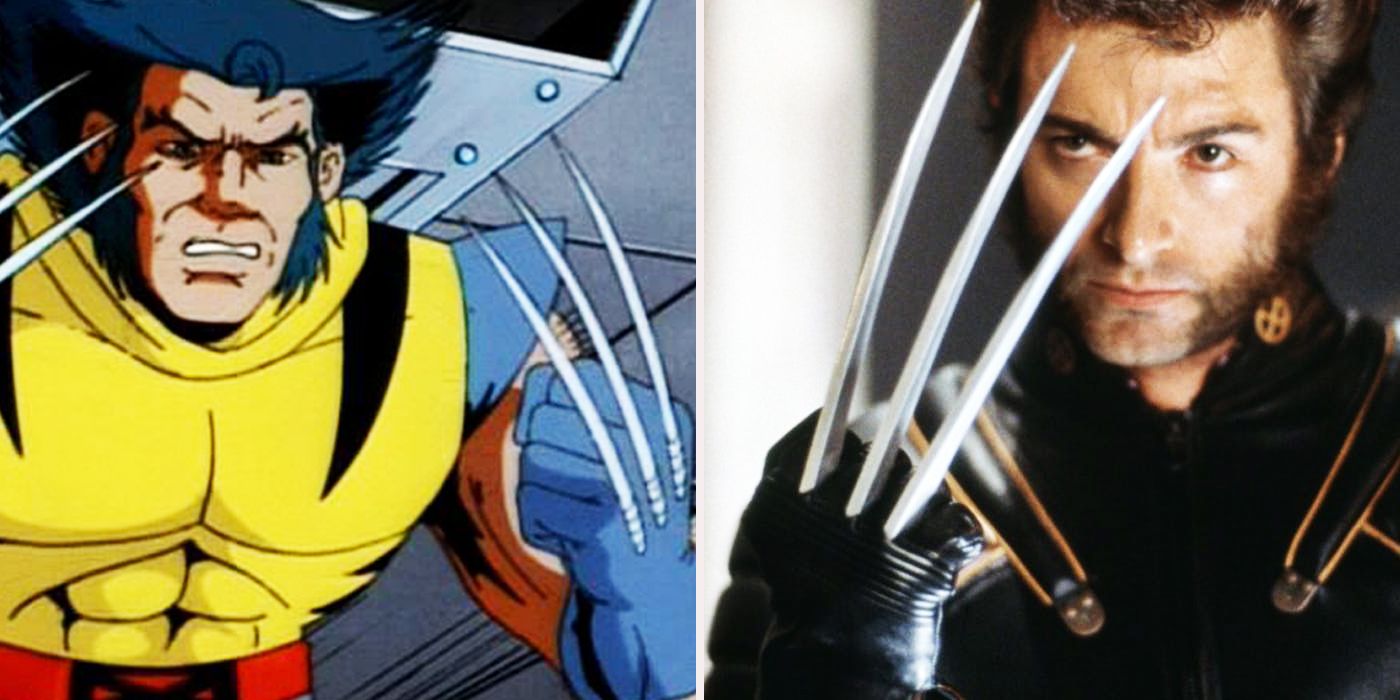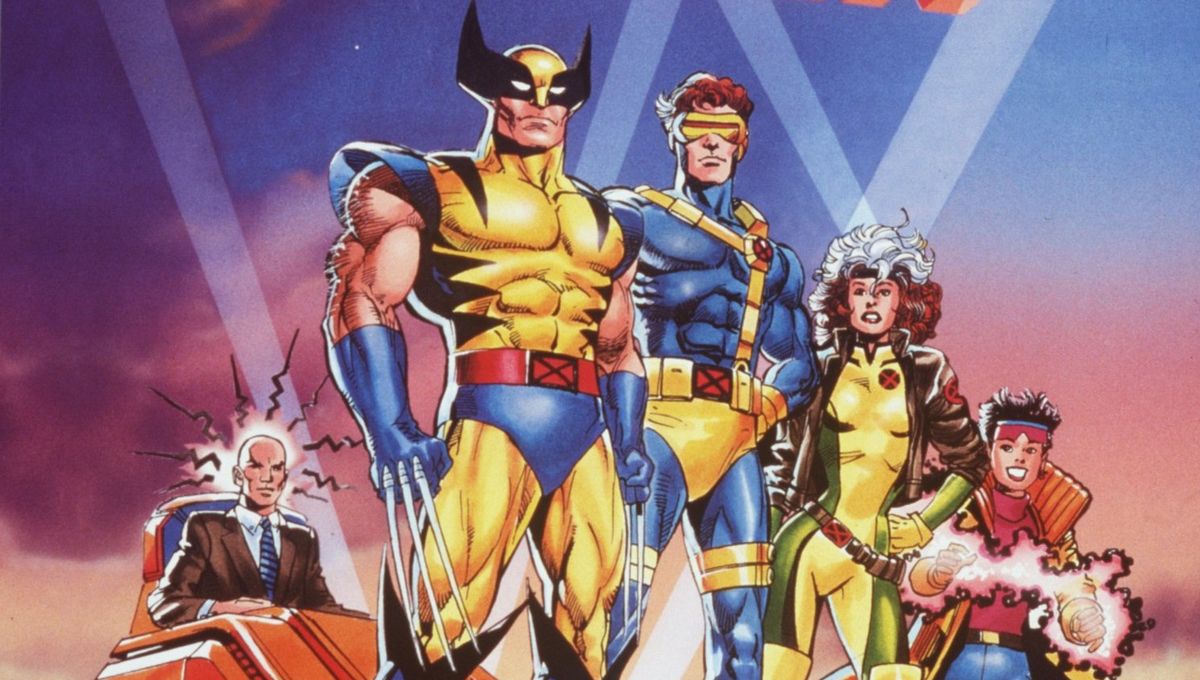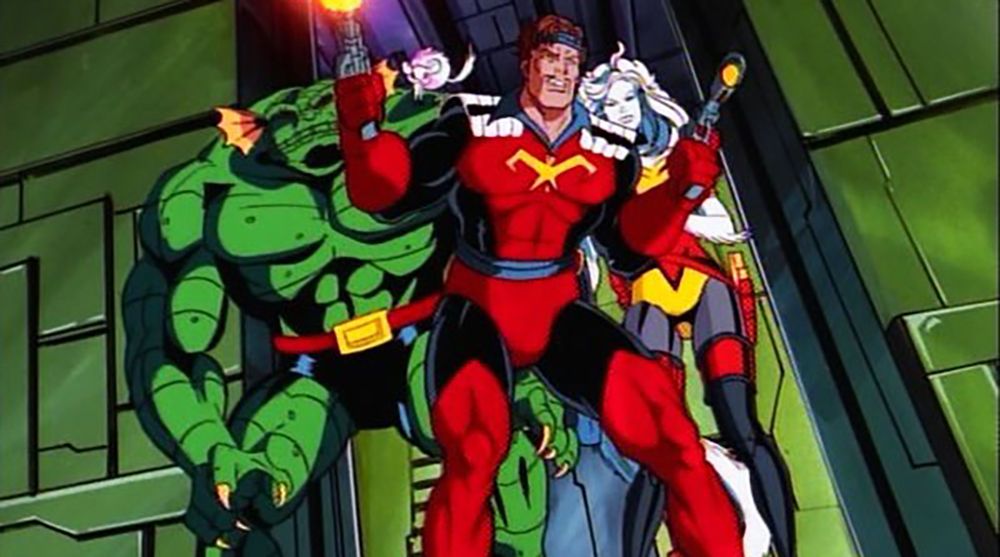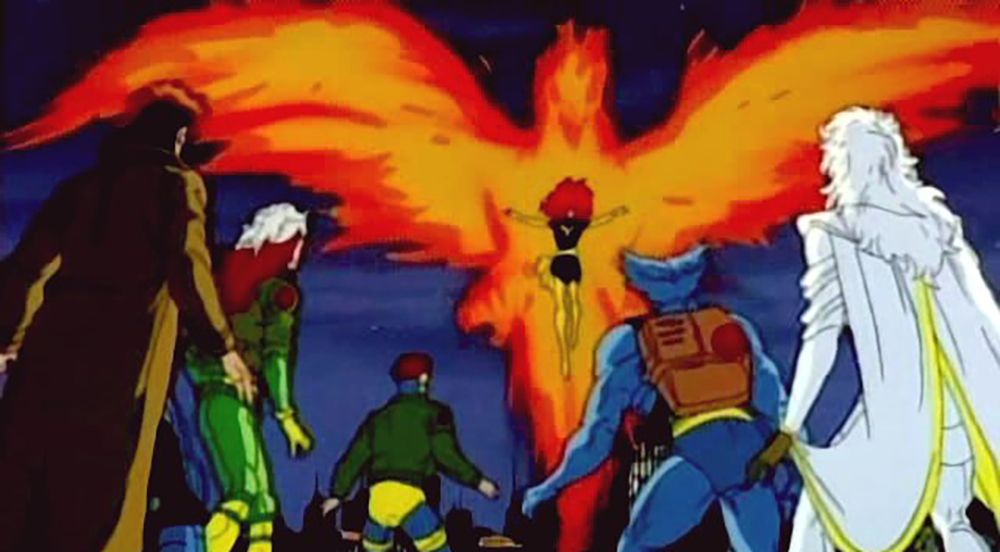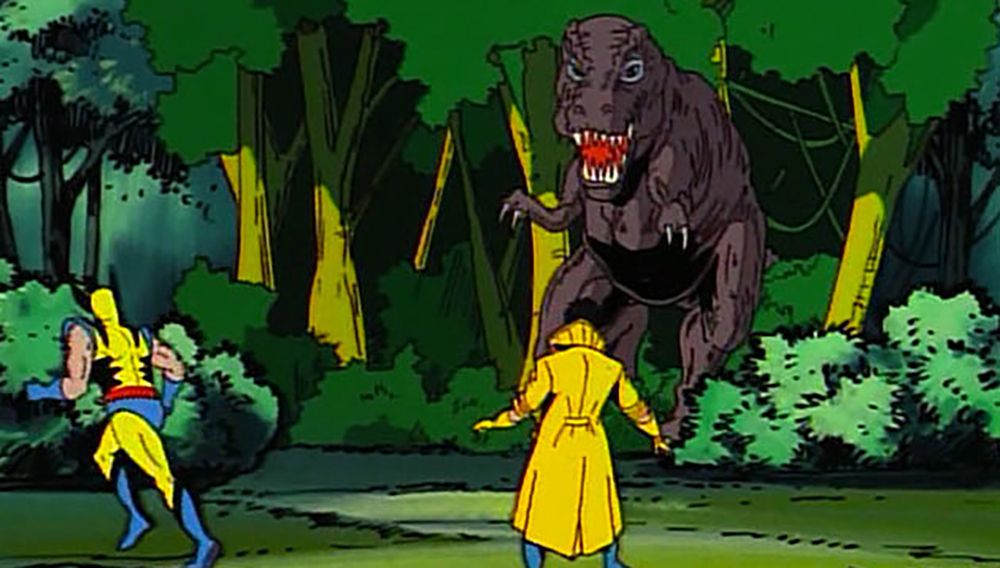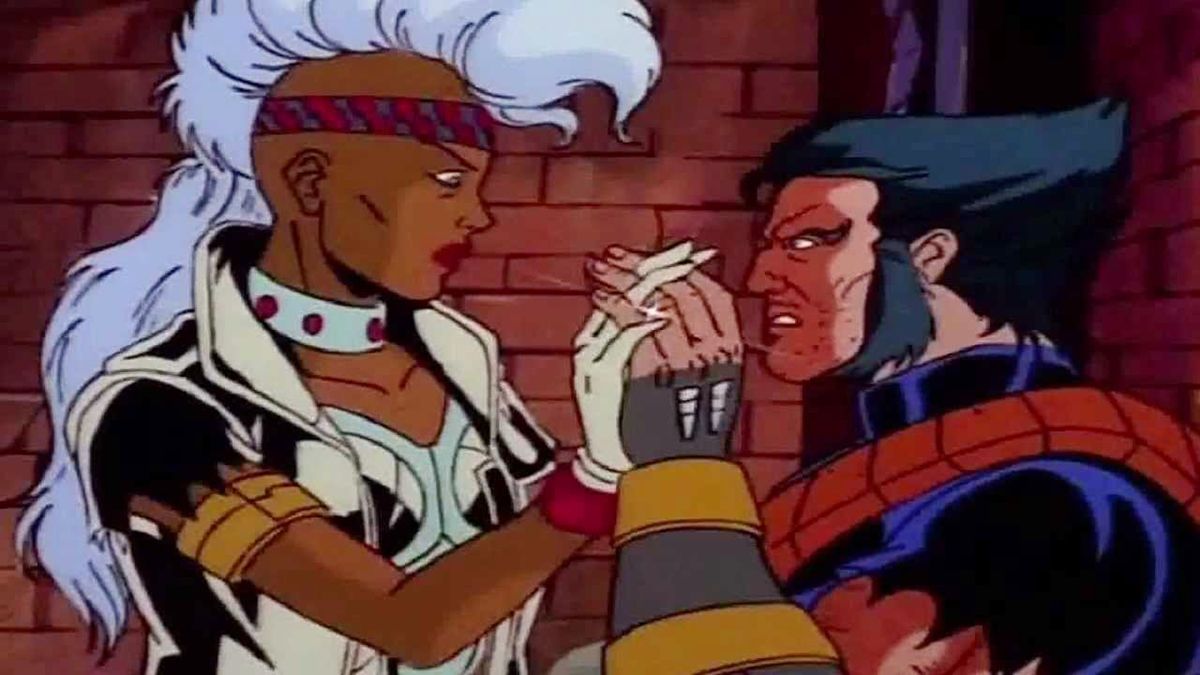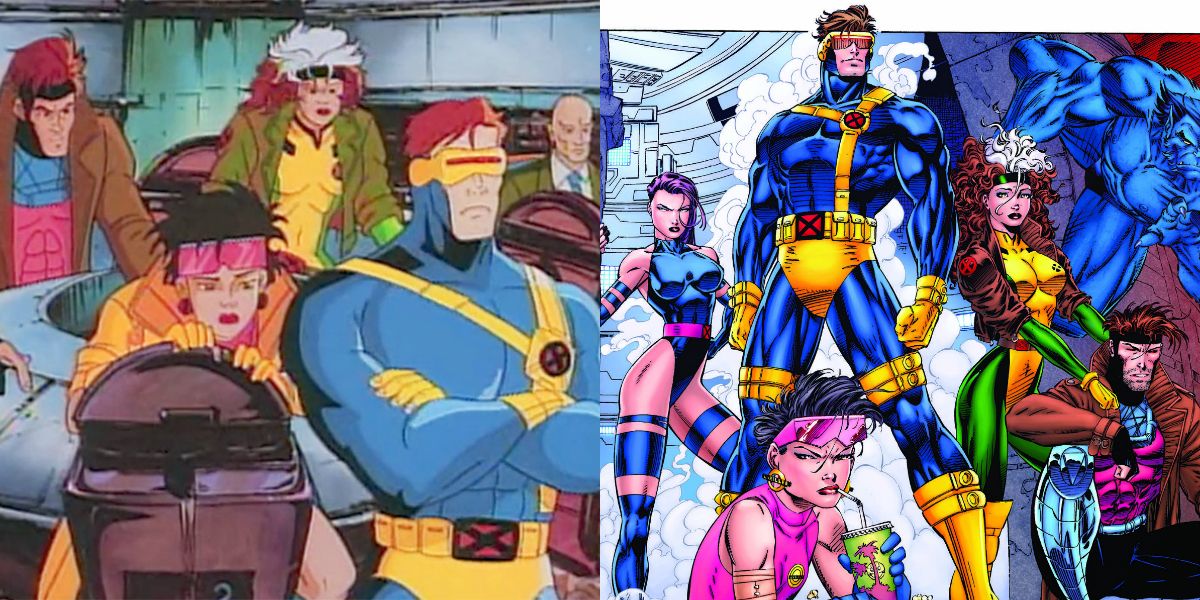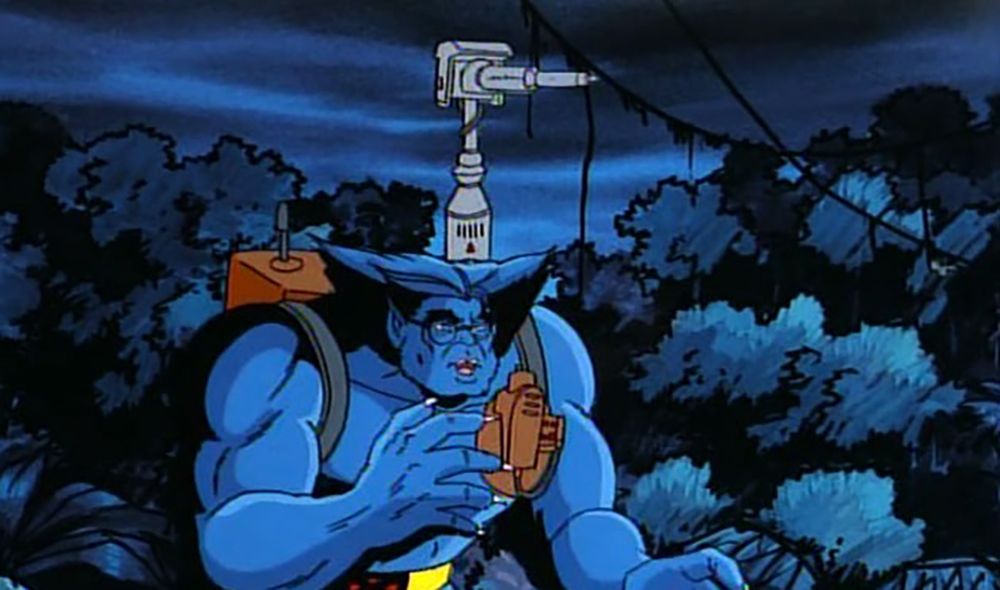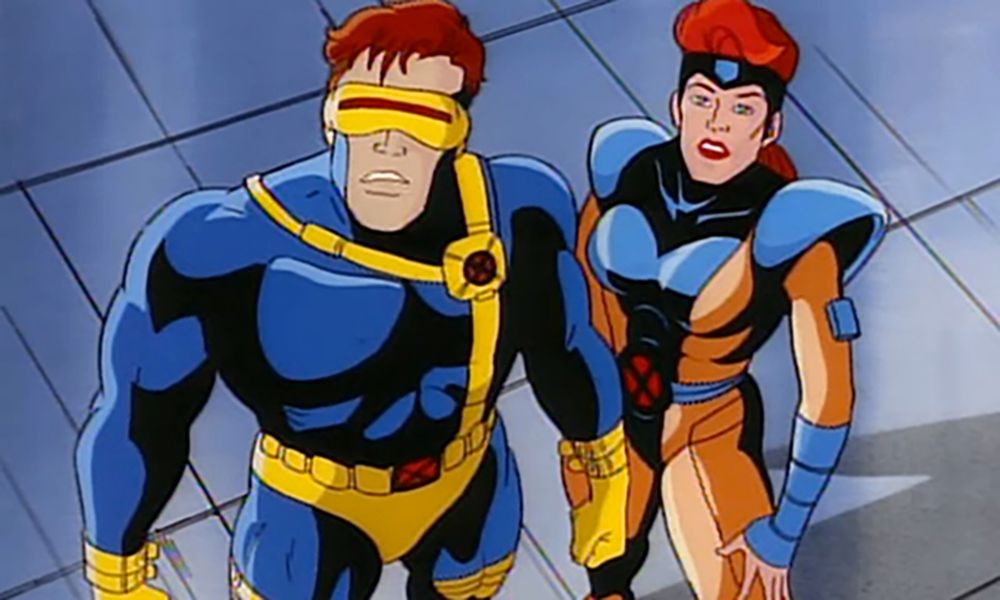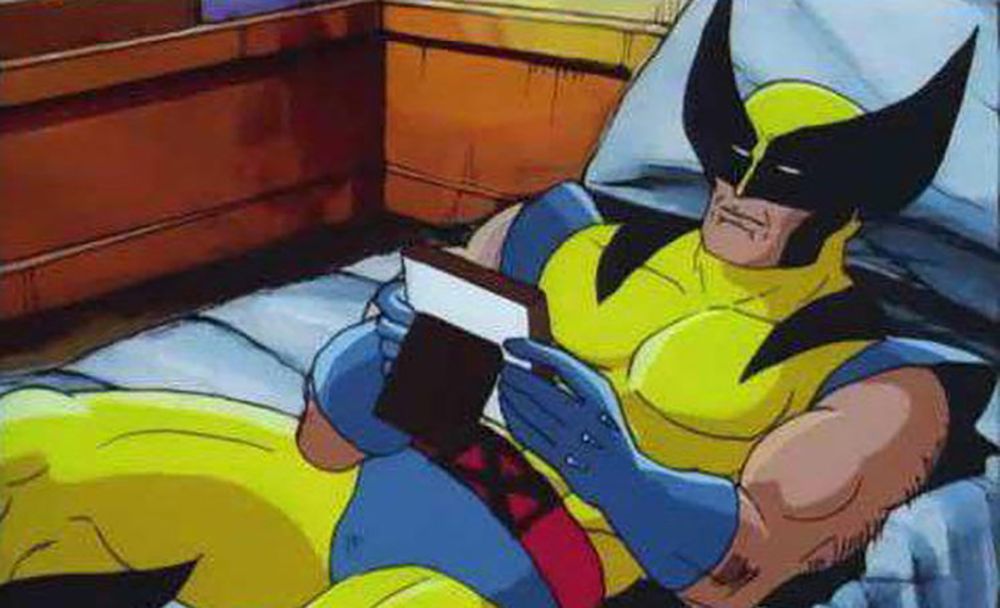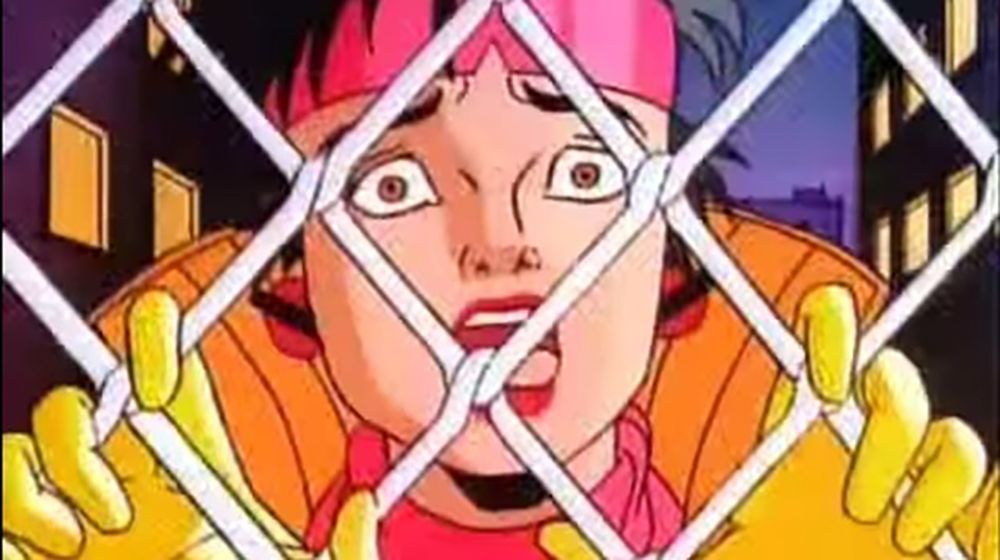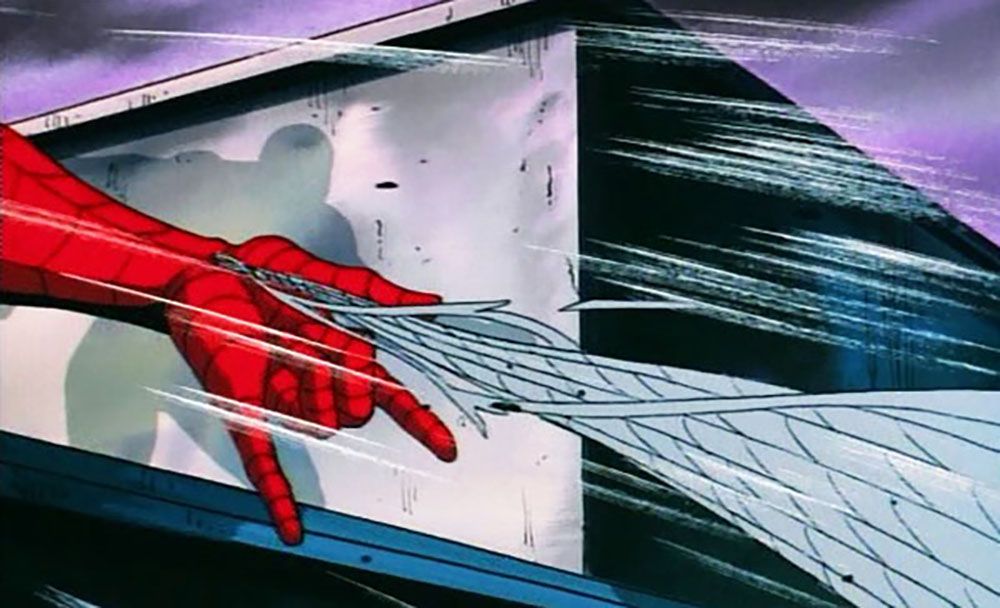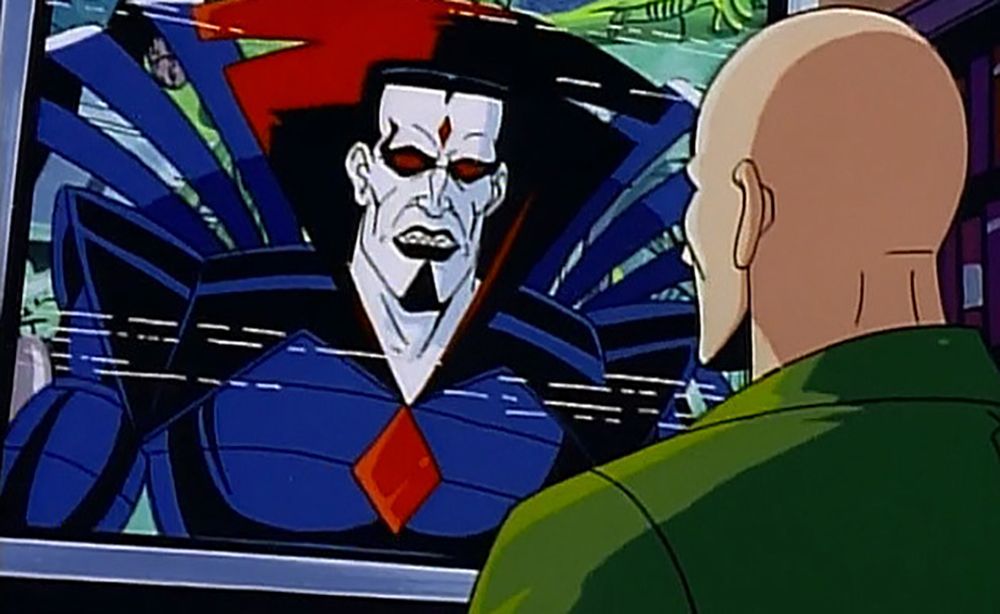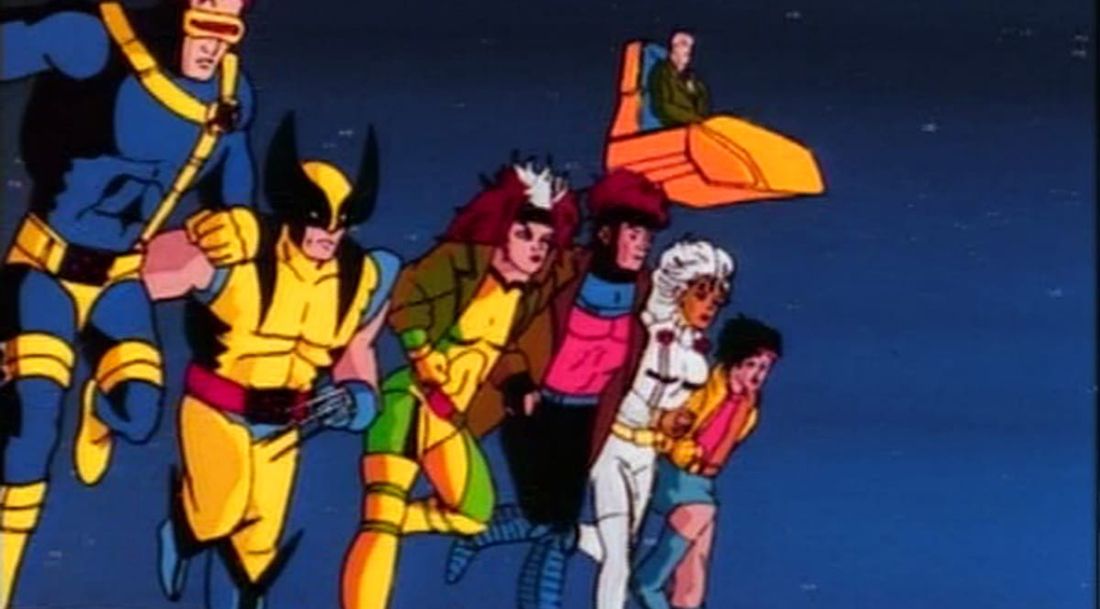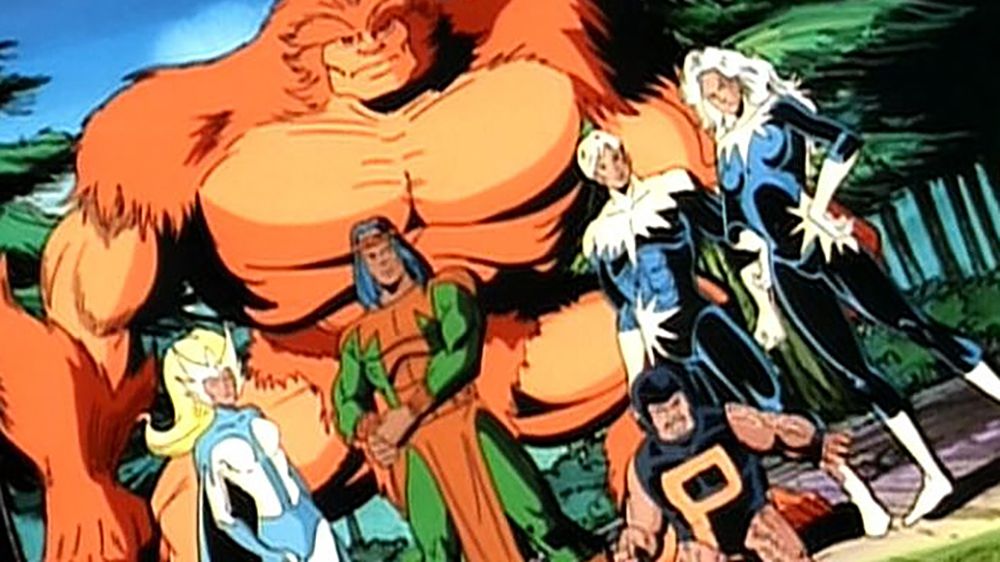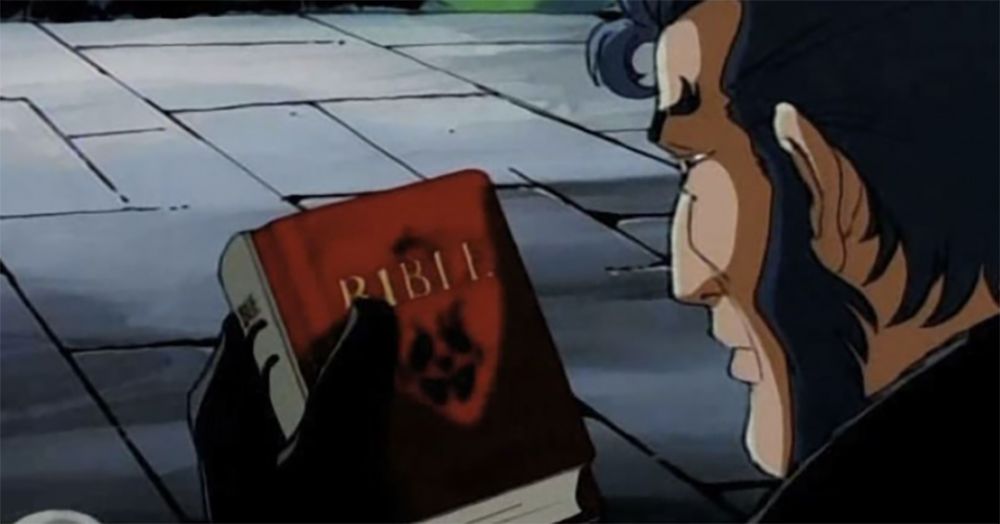If you add up the worldwide box office totals of every X-Men related live-action film that has been released since 2000, you’d have a total of almost $5 billion. That’s a ton of money for a film series about mutant superheroes! But you know what? Even with the success of the X-Men films, the true heyday of Marvel’s mutants occurred on TV, in animation. Yes, the films have breakout stars like Hugh Jackman, Ryan Reynolds and Jennifer Lawrence, and for many X-Men fans, they were a gateway into the comics. Even still, the movies will never be able to compete with the multiple animated series.
X-Men: The Animated Series, X-Men: Evolution, Wolverine and the X-Men and even Pryde of the X-Men were all cartoons that were able to faithfully capture the X-Men in ways that live-action just will never be able to reproduce. Costumes, music, stories and character development are all factors that put the animated X-Men head and shoulders over their live-action counterparts. If you want to see a quality adaptation of the Dark Phoenix Saga, where are you going to turn? X-Men: The Last Stand? Not likely. However, X-Men: The Animated Series has you covered! Let’s take a look at 15 ways that the animated X-Men will always be (homo) superior to the live-action films.
15 BE COLORFUL
Blame The Matrix. Blame Fox Studios. Blame Bryan Singer. Honestly, it’s probably a bit of all three. These are the forces at play that turned decades worth of amazing Marvel costume design into a series of unremarkable black leather outfits. If you only watch the live-action X-Men films, you’ll never realize that Wolverine has one of the most iconic costumes in all of comics. At the same time, when Jean Grey turns into Dark Phoenix, the colors of her outfit signify her new dark persona -- something you would never really know without the comics or cartoons.
However, if you watch any of the animated X-Men adaptations, especially including the oft-forgotten Pryde of the X-Men, you’ll see examples of incredibly vibrant and faithful costume adapations, including tons and tons of color. The X-Men are a huge group of diverse heroes, and their costumes should reflect that. They’re superheroes, not some military organization. If you want your X-Men to resemble the comics, look on the small screen.
14 GO COSMIC
When Marvel introduced the X-Men back in the early-‘60s, the mutants had plenty of threats on Earth to deal with. However, as the series progressed, more cosmic entities came into play. Suddenly, the X-Universe was filled with heaps of characters that come from worlds far outside our own solar system. The Shi’ar, the Starjammers, the Phoenix Force and the Brood are just a few examples of ways our merry group of mutants interacted with the larger universe.
The multiple animated X-Men series have tackled this in beautiful ways. Never shying from the cosmic, the cartoons introduced multiple aliens, with our heroes constantly dealing with universal crises. In live-action, there’s been none of this. In fact, the filmmakers have purposefully looked to make stories more grounded and Earth-based. Director of the upcoming X-Men: Dark Phoenix, Simon Kinberg, has said in interviews that he wants to take the biggest, most cosmic X-Men story and “ground it so it’s not too intergalactic.” So, the jury is still out on its execution... but at least we'll always have the cartoons!
13 FAITHFUL ADAPTATIONS
Some comic book storylines need to be told over multiple parts. While you can tell a complete story in 22-pages, some of the more epic stories, such as the Phoenix/Dark Phoenix Saga, demand to be told over multiple issues. That’s difficult to accomplish in the film world. Normally, filmmakers get about two hours of screen time to tell a complete story. That means things have to get cut or changed quite a bit to accommodate the runtime.
The animated X-Men series, especially X-Men:TAS, were expertly crafted in a way that allowed for epic story lines to play out over multiple episodes. If you watched X-Men: TAS, you saw the slow progression of the Phoenix Force inside of Jean Grey. Viewers saw it slowly overtake her. Then we all witnessed her descent into villainy as Dark Phoenix, in a story line that didn’t cut corners, worry about time or have a limited budget. If you want to see some of the most famous X-Men stories of all time faithfully adapted, don’t look at the movies, check out the cartoons.
12 UNLIMITED BUDGET
This isn’t breaking news, but movies cost a lot of money to make. The average X-Men film has a production budget of over $150 million. However, even with budgets that size, the live-action films still have to limit the scope of their stories. Amazing locations, huge casts of characters and elaborate superpowers all cost incredible amounts of money, so studios always have to pick and choose what to spend their limited resources on. This means the film you see on the big screen is the result of many, many compromises.
Animation has no limitations. If you can animate it, you can do it. Similar to comic books, the scope of a story is only limited to what you can imagine. Sure, you still need to hire actors to give amazing voices to our characters, but last we checked, you could probably hire a whole army of talented voice actors for the price of Hugh Jackman to peek his head into a live-action film.
11 TAKE CHANCES
One of the greatest advantages of comic books over other storytelling mediums is the frequency. Every month (or so), a new story comes out featuring your favorite characters. Don’t like this month’s story? Come back next month and it might be light years better. That same idea works with animated series. Each week, a new episode comes out, a lot of the time featuring a brand new story. So, if one episode doesn’t tickle your fancy, next week could turn into your new favorite. This leads to storytellers taking risks, trying to constantly top themselves with bold storytelling.
Movies are about as far away from that model as you can get. X-Men films take years to produce, cost hundreds of millions of dollars and could end careers if they fail. What this means is that the X-Men movies never take chances. If these movies fail because of some bold choice they make, or a risky story they want to tell, there could be many people who lose their jobs.
10 BE COMICS-ACCURATE
Let’s face it, the X-Men feature characters with incredibly weird origins and costumes. Cable is a time-displaced, cybernetic, telepathic, telekinetic warrior with a technorganic virus slowly killing him, who also happens to be the future son of Cyclops and his cloned wife. Try explaining that in a two-hour live-action film that is supposed to feature other characters and a complete story, while also taking place in “the real world.” Not gonna happen!
However, the animated series have never shied away from just telling the origin stories completely faithfully. They also love showing the wild concepts and weird costume designs from the comics. Cable, Bishop and hell, even Master Mold, all had appearances in the series with comics-accurate origins and costumes. The films, in an attempt to “ground” everything, have streamlined origins and made them more “real.” They also NEVER show any design that’s weird or unique. For the most part, the mutants featured in the films are just pretty actors with black clothing and boring origins.
9 DEVELOP CHARACTERS
Comics have been around for decades because fans become attached to the characters they read monthly. Over the course of 50 years, characters like the X-Men, have been developed into fully-formed heroes. Even “minor” heroes have had their moments in the Sun, getting the spotlight occasionally. But in the films, because of inherent limitations, the characters feel thin and non-existent.
The multiple animated series benefit from 20-plus episode seasons to take their characters and give them all moments. Over the course of many seasons you will get a wealth of fantastic character stories from the comics. In the movies, even with 10 of them, there’s really only one character that has felt completely fleshed out, and that’s Wolverine. Characters like Cyclops, Storm and Beast are all classic X-Men but are just secondary characters in the films; the audience doesn’t get a chance to relate to them.
8 MAKE CYCLOPS GREAT
If there was a Mount Rushmore of X-Men characters, complete with the top four mutants of all time, Cyclops deserves to be up there. His story has started from the very beginning and continued on through the decades of comics. He will always be known as the best leader and one of the most respected X-Men of all time... except if you watch the movies. In them, he’s just an unlikable bore that gets his girl taken away by Wolverine.
However, multiple animated series have succeeded where the films have gone so, so wrong. Specifically, in X-Men:TAS, Cyclops is complex and interesting. He’s in a love triangle, but you don’t automatically want Wolverine to take Jean. You understand why she chooses Scott. He’s a much closer representation to the comics than anything ever seen in a film.
7 CAMPY DIALOGUE
There is one line in the X-Men films that has lived on in infamy from the second it made its debut on screen. We all know it. “Do you know what happens to a toad when it’s struck by lightning? The same thing that happens to everything else.” In live-action, on the big screen, that line sounds horrible and corny. However, if you took that scene and put it in an X-Men animated series, suddenly it works.
Animation has a way of taking over-the-top corny dialogue and making it seem okay. Similar to how superheroes in comics talk in very bombastic ways, in cartoons it wouldn’t be completely unheard of for Storm to ask Toad that question. X-Men: TAS is the place where Jubilee answered a question by saying, “Does a mall babe eat chili fries?” Sadly, the movies will never be able to replicate that sort of camp.
6 USE JUBILEE
Love her or hate her, Jubilee is one of the most recognizable X-Men of the last 20 years. Since becoming a main part of X-Men: The Animated Series, Jubilee has gone on to be part of major X-Men comic book story lines. But it’s her role in X-Men: TAS that made Jubilee a household name and gave her the personality that is now so iconic. And yes, there are plenty that find her annoying, but no mutant is everyone’s favorite.
However, even if you hate Jubilee, you have to agree that the way she’s been treated in the films is disgraceful. She’s been seen in five X-men films, played by three different actresses, and has been given almost no lines. They haven’t even said her name in the films. Being used this way is almost somehow worse than not appearing at all. So, as it stands, if you want to see a quality non-comic book Jubilee, you’re left with the animated series.
5 MARVEL CROSSOVERS
Yes, as of this writing, Disney is finalizing a deal to purchase Fox Studios, and thus live-action rights to the X-Men. However, that’s no guarantee that our beloved mutants will ever exist in the same universe as the Avengers. In fact, there are plenty of people arguing that the X-Men deserve their own universe. If you want to see a version of the X-Men that exist in the same Marvel Universe as Spider-Man, Captain America, and the Punisher, you’re left with the X-Men cartoons, for now.
Much like the comics, the X-Men of the cartoons exist in the same universe as the main Avengers, but don’t always cross over in overt ways. There are hints of Doctor Strange, the Punisher, Spider-Man and other mainstream heroes throughout the animated series. However, in the live-action films, there’s absolutely no connection to the greater Marvel Universe. These characters exist in a world where Peter Parker, Steve Rogers and Tony Stark just don’t exist.
4 USE MORE VILLAINS
If your only connection to the X-Men is through the films, you wouldn’t be blamed for thinking that Magneto is the only good villain the X-Men have. Featured in just about every live-action X-film, Magneto has become go-to antagonist in the series. Of course, in the comics, he’s probably their most used villain, but the X-Universe is filled with so many more villains that are just as great.
In the various animated X-series, villains like Mister Sinister, Mesmero, Omega Red and Shadow King have all showed up with major storylines. Hell, even Mojo has shown up! Sure, the X-films have used other villains, but at some point, the stories all come back to Xavier’s strained, boring relationship to Magneto. In the cartoons, however, as well as the comics, there’s a much more diverse set of adversaries for our favorite mutants to battle, and we’re thankful for that.
3 AMAZING SCORE
In the recent trailer for The Avengers: Infinity War, Marvel Studios used the recognizable Avengers theme with great effect. Other superhero films feature amazing themes, as well. Superman: The Movie and the original Tim Burton Batman both have classic orchestral themes. The X-men films, on the other hand, feature boring, uninteresting music that leaves no impact on the audience. But if you grew up in the ‘90s and we told you to sing the theme song to X-Men: The Animated Series, you’d bust out a “bah nananana nah nah” in a heartbeat.
The X-men:TAS theme song is iconic. Stacked against some of the greatest TV themes of all time, the guitar-heavy theme stands in a class all its own. The excitement and anticipation felt by millions of people when that song played is unlike anything ever felt in an X-Men film. Maybe the future X-film composers should look at the cartoons for some inspiration.
2 DON’T FORGET THE LITTLE GUY
The problem with any live-action superhero story is that when characters and/or actors hit it big, filmmakers feel the need to push their characters to the front of the group, leaving the lesser characters to suffer in the background. Wolverine and, in recent films, Mystique have both benefitted from the actor =dictating how big the character’s role is. Over the course of almost a dozen X-films, you probably know more about Wolverine and Mystique than you do just about any of the other classic characters like Cyclops, Jean Grey, Beast or Iceman.
However, in the cartoons, episodes were devoted to almost every character. Nightcrawler’s religious background and persecution are featured in its own episode. Jubilee’s home life and adjustment to being a superhero are major themes early on in X-Men: TAS. Even other teams like Alpha flight are given plenty of time to develop as characters. If you want a more well-rounded cast of characters, any of the X-Men cartoons succeed where the movies fail.
1 SOCIAL ISSUES
The X-Men films are universally lauded for how well they tackle the social issue of racism. With mutants being hunted and persecuted because of how they are born, the films do a great job of showing how that could be applied to social justice issues in real life. But, due to the limitations of a film franchise, they are left with only focusing on this one theme.
With the expanded number of episodes and more robust amount of characters, the X-Men cartoons handled the racial allegory, as well as other social justice issues. Episodes with allegoric ties to religion, homosexuality, eugenics, AIDS and many other social issues were common in the cartoons. With their ability to tackle multiple themes over the course of multiple seasons, there was just more freedom to stretch the X-Men Universe to tackle the issues that the comics have done so well in the last 50 years.

